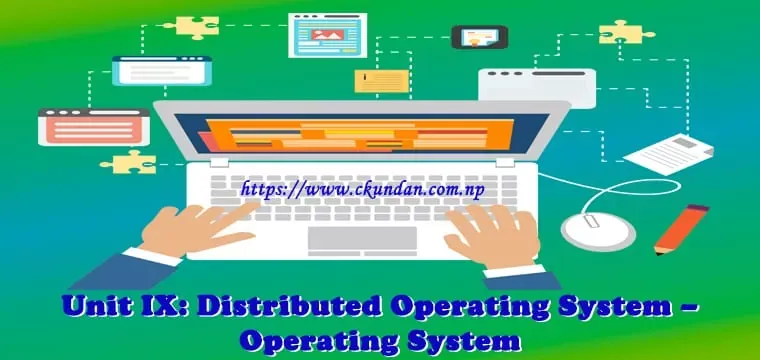A computing system composed of large numbers of CPUs connected by a network is known as the distributed system. In other words, a distributed system can be defined as a collection of autonomous computers linked by a network with software designed to produce an integrated computing facility (or equipped with distributed system software).
In this “Distributed Operating System – Operating System” you will learn about the following topics:
- Introduction of Distributed Operating System
- Some of the Examples of Distributed Operating Systems
- Advantages of Distributed System over Centralized System
- Speed, Inherent Distribution, Reliability, Incremental Growth, Open System
- Advantages of Distributed System over Independent PCs
- Resource Sharing, Flexibility/Scalability/Openness, Concurrency, Reliability, Fault Tolerance, Transparency (Feeling of a single system)
- Disadvantage of Distributed System
- Complexity, Cost, Security, Integrity Control More Difficult, Lack of Standards, Lack of Experience, System Design More Complex
- Hardware and Software Concepts for Distributed System
- Communication in Distributed System
- ATM (Asynchronous Transfer Mode) Network
- Layered Protocols
- Client-Server Model
- Message Passing
- Remote Procedure Call (RPC)
- Process in Distributed System
- Clock Synchronization
==== Point to Note ====
If you like to contribute, you can mail us BCA Notes, BCA Question Collections, BCA Related Information, and Latest Technology Information at [email protected].
See your article appearing on BCA Notes (Pokhara University) main page with your designation and help other BCA Students to excel.
Please write comments if you find anything incorrect, or you want to share more information about the topic discussed above.
BCA 4th Semester Operating System Notes Pdf:
- Unit I: Introduction To Operating System
- Unit II: Operating System Structure
- Unit III: Process Management
- Unit IV: Deadlock
- Unit V: Memory Management
- Unit VI: Input/Output Device Management
- Unit VII: File System Management
- Unit VIII: Security Management
- Unit X: Case Study Issues
- Unit XI: Future Issues







![BCA 1st Semester Question Papers Pdf [Updated]](https://blogger.googleusercontent.com/img/b/R29vZ2xl/AVvXsEjP3Me_J0B0ZWTmnrJmogmmrj5uN8yT0cMoGo1Ay15Rfzm_J76hOoUKXMYOGidJcr1xf-9inJ4Ea-i01MtvHTeQnGiWm98TSUK5XAYlpuXiszuRUrY6kJVhxEl5Rar4F1_Rh-S9d6oY_Kk/w72-h72-p-k-no-nu/BCA+1st+Semester+Question+Papers+Pdf.webp)
0 Comments